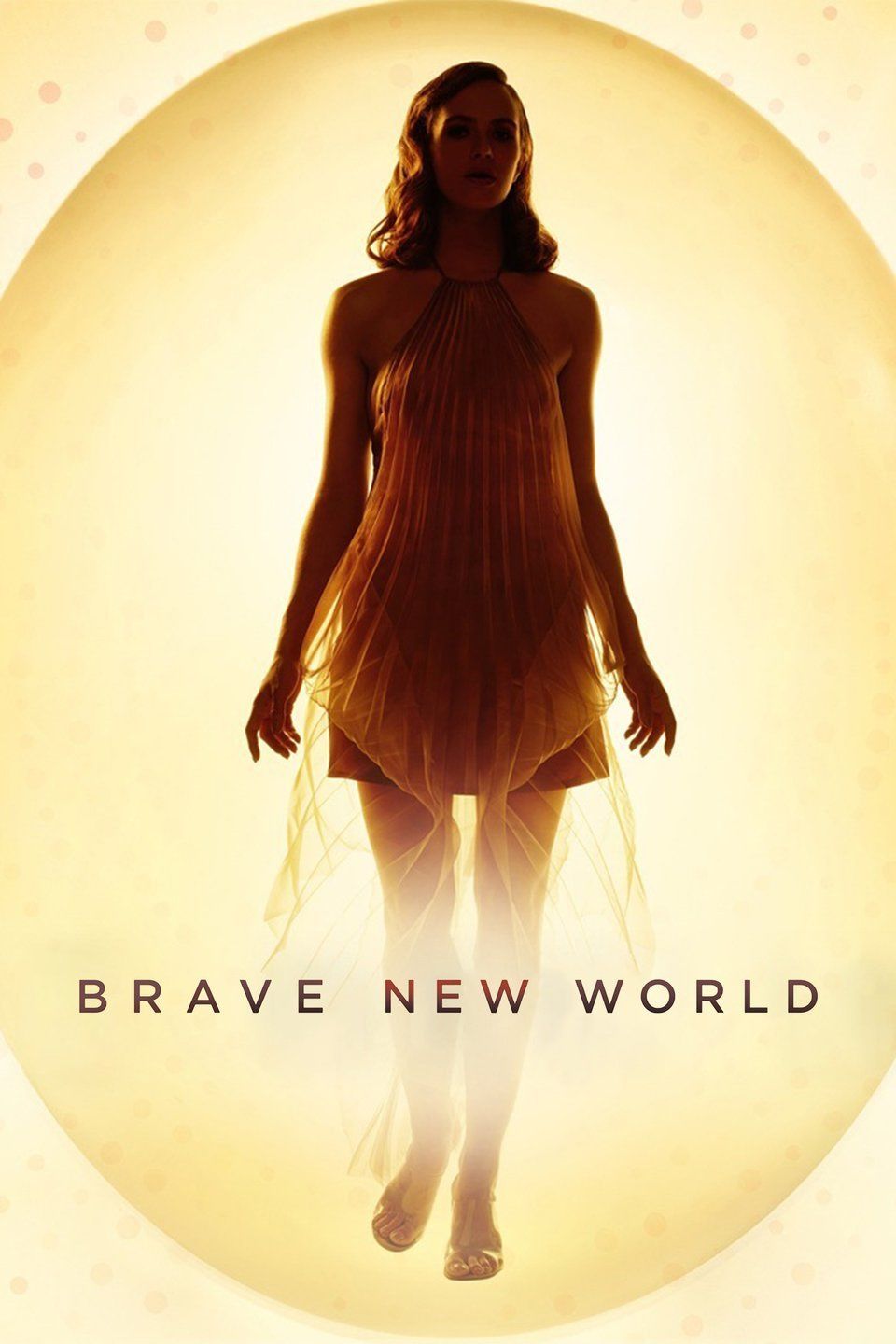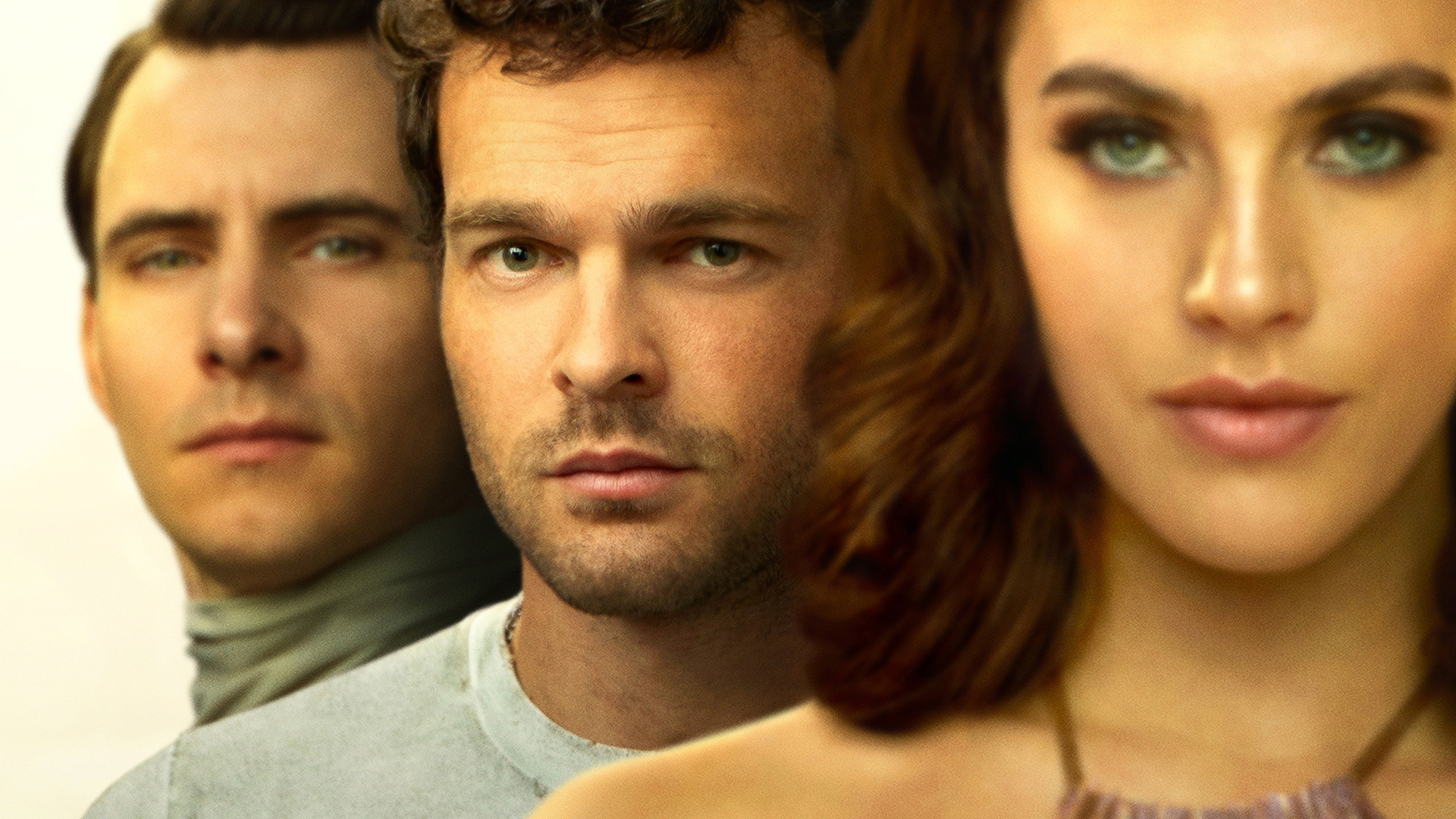
And as in Aldous Huxley’s original novel, there are characters who represent various problems and opportunities of these dystopian places. Then there are the Savage Lands, a dirty, chaotic, hardscrabble place full of uncivilized people, used primarily as a theme park for the New Londoners. There’s the controlled, polished world of New London, where no one’s clothes are ever wrinkled and no one cries, but no one actually feels happy, because all their emotions are chemically controlled. It’s the Westworld vision of humanity, in which sterile surfaces are everywhere and dirt is around only to signal (false) authenticity, and Brave New World is not interested in reimagining that very familiar look. It is slick and seamless and rendered in high-gloss metallics, severe streamlined hairstyles, ever-present computer interfaces, and the total control of messy human nonsense like emotions and physical flaws. But TV has settled on a very good idea of what the Fictional Future looks like. It’s hard to say what the world will look like two weeks from now, two months from now, two years from now - that’s the Real Future, and it’s terrifyingly in flux. It’s not at all exciting or innovative, though, and, especially later in the series, several of the major plot developments seem held together mostly with abstract CGI visuals and overly on-the-nose board-game metaphors. It is attractive and, at points, even compelling TV the adaptation is neither too close nor too far from the original source material and at major twists in the plot, it did make me curious about what would happen next. Peacock’s Brave New World is not an exception to the rule, but unlike Netflix, Disney+, and Amazon Prime, Peacock is available for free - and at that price, Brave New World is perfectly fine. Outside of possibly The Baby Yoda Show on Disney +, no new streaming service in the past several months has come with original programming worth a subscription all on its own.


But the second prong in the New Streaming Service Promise is always an iffy proposition: original programming. Disney+ came with Marvel movies, HBOMax came with a huge film library including hard-to-find classics like the Studio Ghibli catalogue, and NBC’s new Peacock service has NBC Universal titles like Law & Order, 30 Rock, and a world of Bravo reality.

First, there is the library, the collection of known titles that guarantees the service will already have something of value to most customers.

For the most part, new streaming services come with a now-familiar two-part offering.


 0 kommentar(er)
0 kommentar(er)
